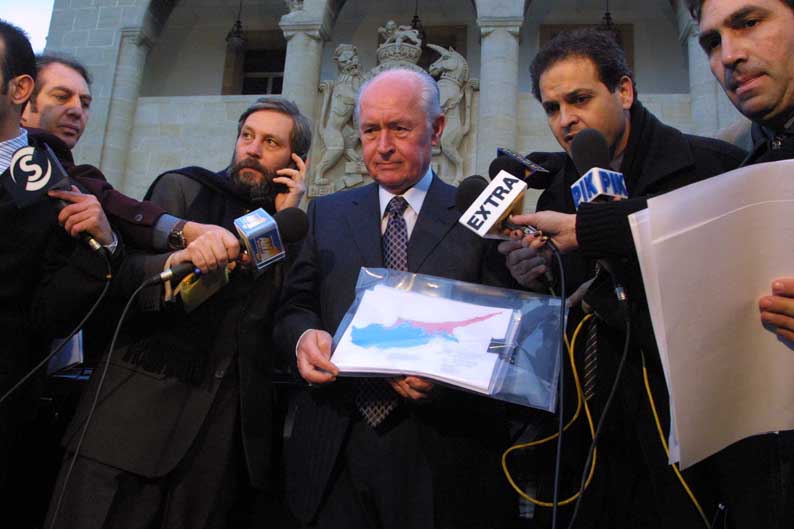British wages grew by more than expected, according to data published this week, but other figures suggested the labour market is losing some of its inflationary heat, keeping the Bank of England on alert about when to cut interest rates.
Regular wages, excluding bonuses, rose by 6.0 per cent in the first three months of 2024 compared with the same period in 2023.
Economists polled by Reuters had forecast growth of 5.9 per cent, slowing from 6.0 per cent in the three months to February.
BoE Chief Economist Huw Pill said the labour market remained tight by historical standards but the central bank could consider cutting rates over the summer.
Sterling weakened after Pill’s comments, but investors kept their bets on future BoE rate cuts largely unchanged with the chance of a first reduction in June priced at around 50-50.
The Office for National Statistics said total pay, which includes more volatile bonus payments, rose by 5.7 per cent, above economists’ expectations of 5.5 per cent.
Private sector regular pay, a key metric for the BoE, eased slightly to 5.9 per cent, a touch below the BoE’s most recent forecast.
Rob Wood, chief UK economist at Pantheon Macroeconomics, said there were other signs that the pressure on wages was on course to ease.
“Much as we have concerns over the jobs data, the labour market keeps gradually easing, and they give the Monetary Policy Committee a hook to hang a June rate cut on,” Wood said.
Other analysts suggested a longer wait.
Jack Kennedy, senior economist at jobs platform Indeed, said the hotter-than-expected wage data “casts doubt on a June interest rate cut and will support the case for policymakers waiting for more evidence.”
Finance minister Jeremy Hunt, who is trying to help Prime Minister Rishi Sunak rein in the opposition Labour Party’s opinion poll lead before an election this year, pointed to how wages were outstripping inflation.
“This is the 10th month in a row that wages have risen faster than inflation which will help with the cost of living pressures on families,” Hunt said in a statement.
RATE CUT DEBATE
The BoE last week signalled that it could start cutting rates from their current 16-year high of 5.25 per cent as early as its meeting next month.
Tuesday’s figures were the first of two official labour market data releases before the central bank’s June 20 monetary policy announcement.
Despite the stubbornly strong pay growth, there were signs that Britain’s labour market was cooling.
The ONS said the unemployment rate rose to 4.3 per cent, its highest since the three months to July 2023, although it cautioned that the survey from which the jobless rate is calculated is still being overhauled.
Vacancies fell for the 22nd time in a row in the three months to April, dropping by 26,000 from the November-to-January period.
Roisin Currie, CEO of baker and fast food retailer Greggs (GRG.L) which employs 32,000 people, told Reuters that vacancy numbers were the lowest they have been for two years. But she still expected the labour market to remain tough for employers “for at least another couple of years.”
An increase in Britain’s minimum wage, which rose by 9.8 per cent to 11.44 pounds ($14.32) an hour last month, has put pressure on some employers to reduce hiring or increase prices.
Hunt has cut social security contributions for workers and is tightening welfare to try to get more people into employment.
However, Britain’s inactivity rate – measuring people not in work and not looking for employment – rose to 22.1 per cent, close to its highest since mid-2022.
($1 = 0.7989 pounds)







Click here to change your cookie preferences